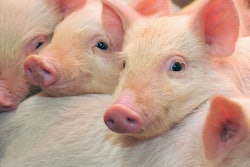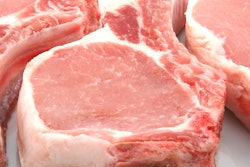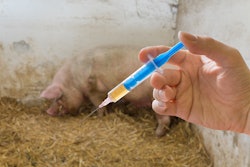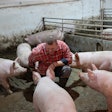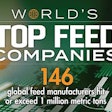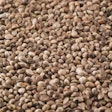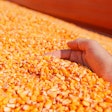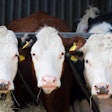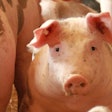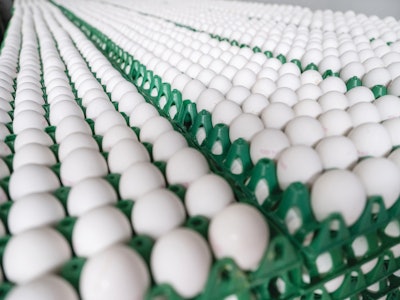
The outlook for the Brazilian egg market in 2025 is broadly positive but producers could face challenges, reports local research body the Center for Advanced Studies on Applied Economics (CEPEA).
While CEPEA believes that both egg production and consumption this year will be higher, it warns that any increases in feed prices would have a significant impact on producers’ margins, and, should the industry produce more than its home market can absorb, the falling egg prices witnessed in 2024 would return in 2025.
2024’s highs and lows
Egg production in Brazil is thought to have reached a record high in 2024. Over the first nine months of 2024, production rose by 10.5% to reach 2.8 billion dozen.
Output was particularly strong in July. July, however, also saw a significant decrease in exports due to concerns in importing countries over Brazil’s outbreak of Newcastle disease. This increase in supply combined with constrained overseas demand resulted in oversupply at home and consequently weak prices.
2024 started with January’s egg prices recording their traditional decline. Prices, however, rebounded sharply in February, and this improvement continued into March.
This improvement was not to last, and April ushered in six months of consecutive price declines before the market returned to balance at the start of the last quarter. November saw a further upswing in demand, with prices again rising strongly.
For a while, producers were helped, in the face of lower egg prices, by lower feed costs, but as feed prices started to rise, with no corresponding increase in the price for eggs, feed purchases became more difficult.
Lower growth rate ahead
While expansion is forecast for this year, it is expected to be at the much lower rate of 3.5%, CEPEA states in its January 2025 forecast, with output rising to 3.94 billion dozen.
The sector should be favored by lower costs for corn and soybean meal, but this could change.
Quoting estimates from the Brazilian Association of Animal Protein (ABPA), CEPEA says that per capita consumption will grow by 1%, reaching 265 units, and that among factors driving higher egg consumption will be ongoing higher prices for meat.
Commenting in December, ABPA estimated that egg production in Brazil would reach 57.6 billion units by year end of 2024, a 9.8% increase on the year before, while per capita consumption would rise by 11.2% to stand at 269 units. It added, however, that exports would fall to 18,000 metric tons (MT), a decrease of 29.5%. This decline in exports proved somewhat pessimistic with figures released in January this year revealing a 17.3% decrease in volumes shipped.
For 2025, the association expected a 2.4% increase in egg production, to 459 billion units, with per capita consumption rising to 272 units, an increase of 1.1%. Overseas sales are expected to recover, rising by 16.7% to reach 21,000 MT.
Commenting on the outlook, Ricardo Santin, ABPA President, noted: “Expectations for increasing levels of egg consumption in Brazil are positive, with consumption reaching levels never seen before.”
He continued that, in international markets, exporters were awaiting the EU and U.K. markets to open this year, positive for Brazil’s exporters.
In early January, ABPA noted that December’s exports were up strongly boding well for the year ahead.



